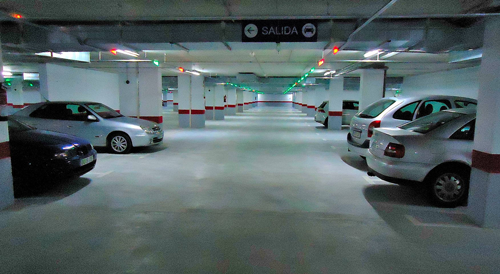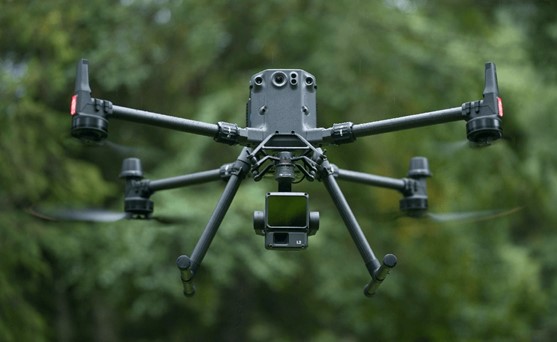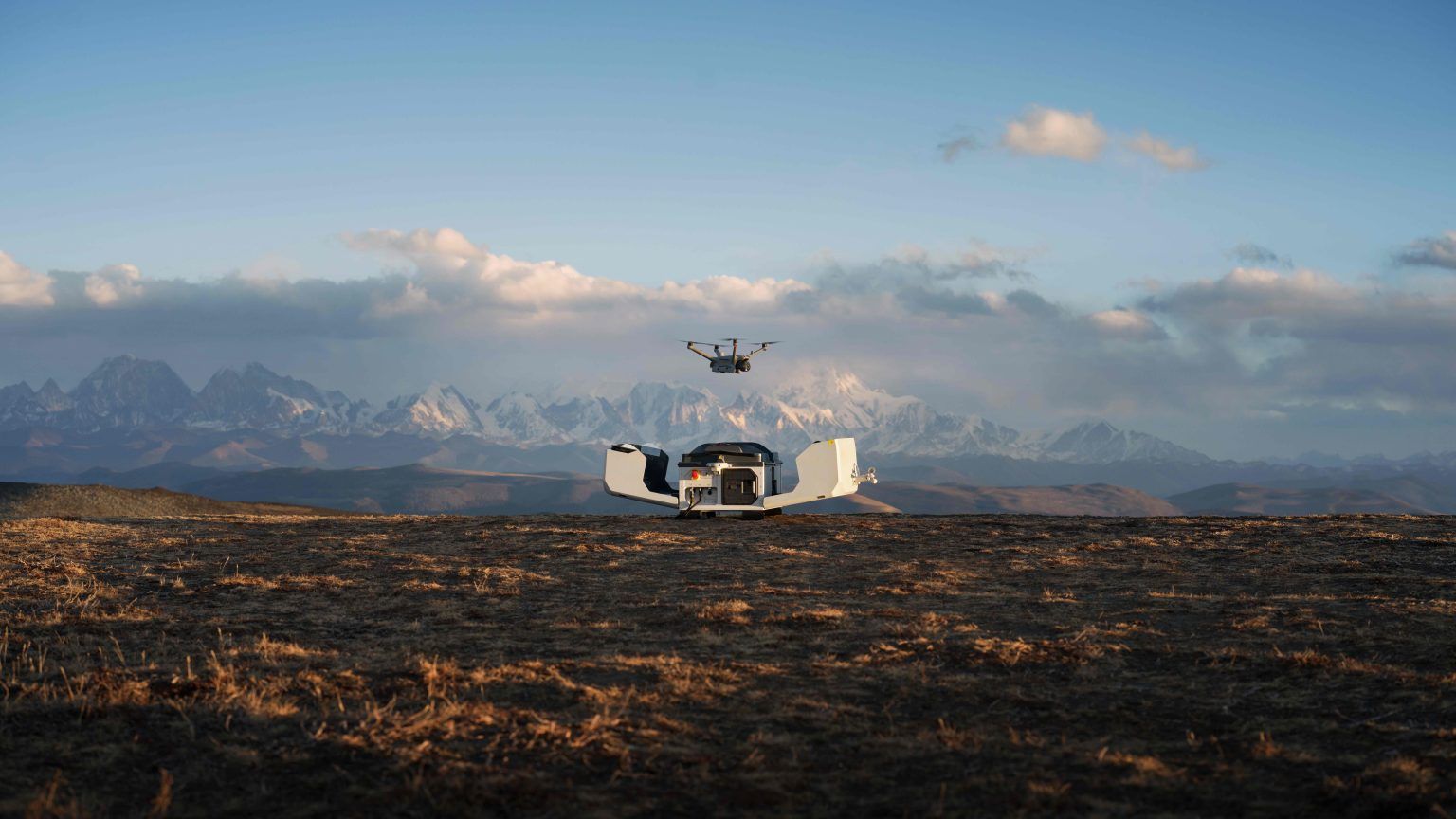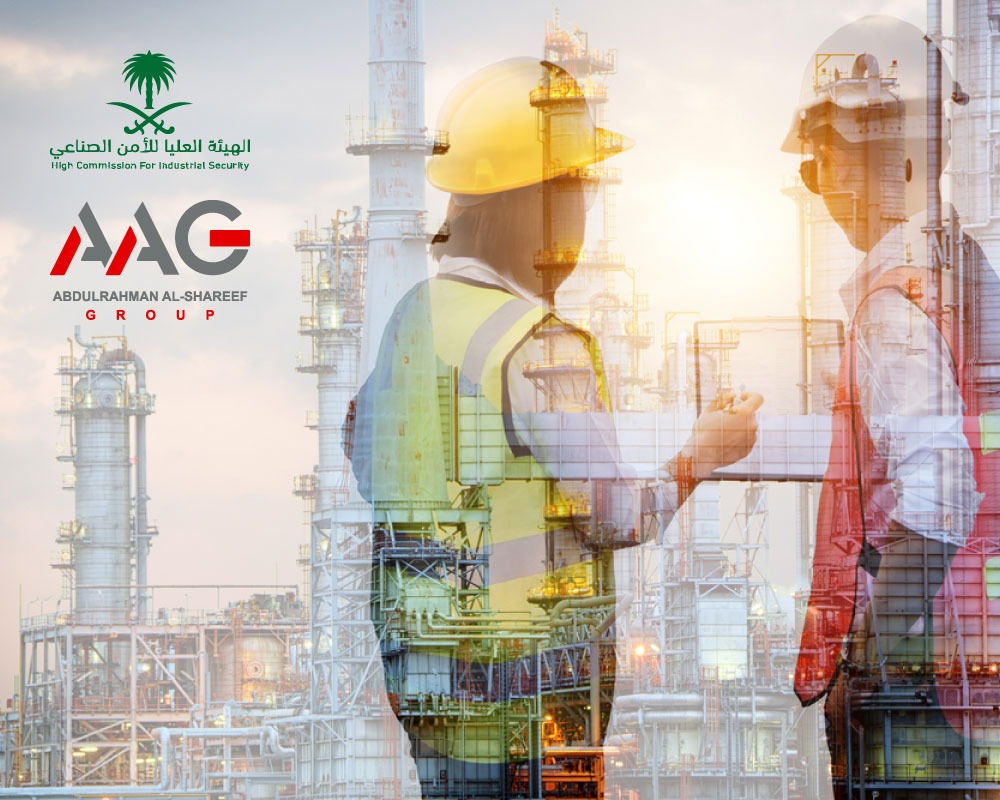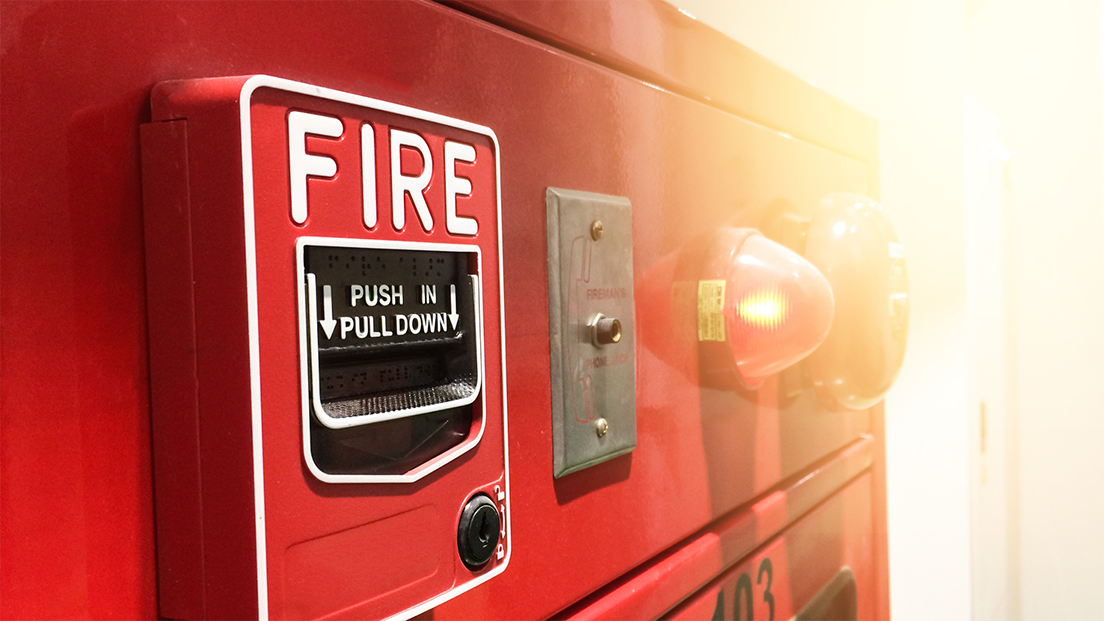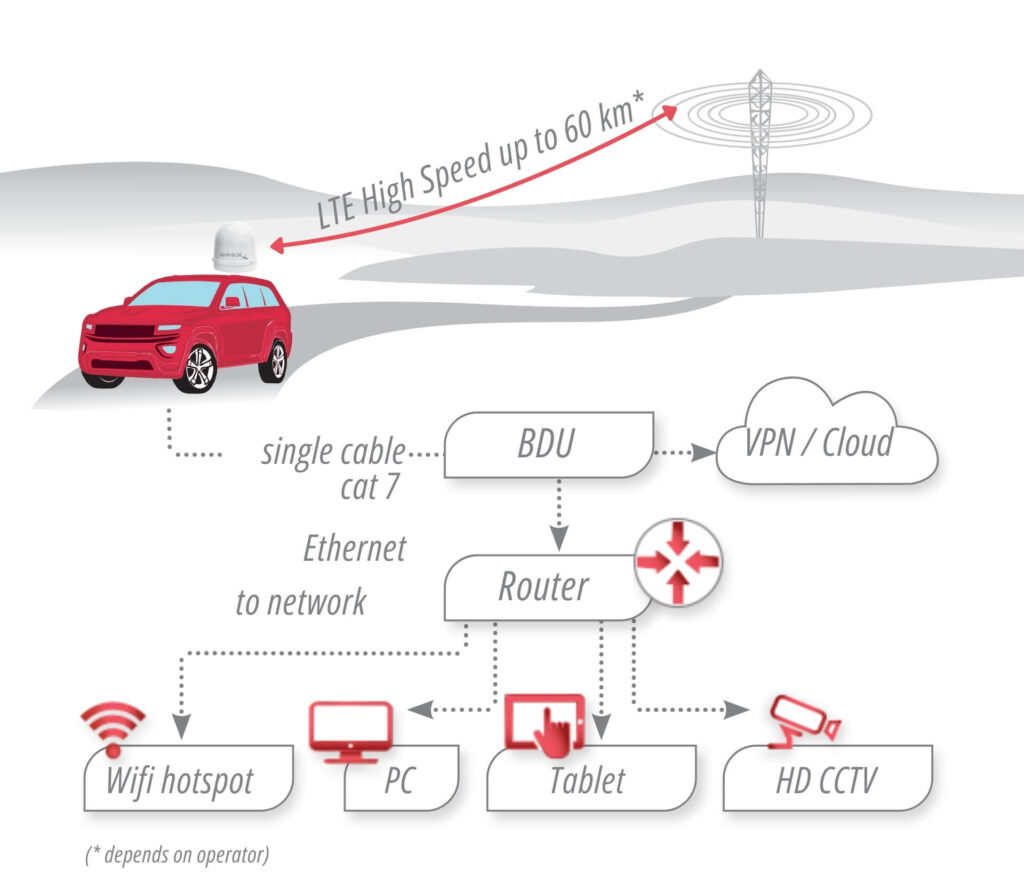In the bustling urban landscapes of today, efficient parking solutions have become a necessity. With the rapid growth of cities, the demand for space has skyrocketed, making traditional parking methods increasingly inadequate. Enter automated parking systems (APS), a revolutionary solution that is transforming how we think about parking. In Saudi Arabia, companies like Abdulrahman Al-Shareef Group are at the forefront of this innovative technology.
What are Automated Parking Systems?
Automated parking systems are mechanical structures designed to park cars without human intervention. These systems use advanced technology, including lifts, conveyors, and shuttles, to efficiently park and retrieve vehicles. With a few simple steps, drivers can drop off their cars and let the system take care of the rest.
Advantages of Automated Parking Systems
- Space Efficiency
One of the most significant advantages of automated parking systems is their ability to maximize space. APS can reduce the area required for parking by up to 60% compared to traditional parking lots. This is especially beneficial in urban areas where land is at a premium. By utilizing vertical space and eliminating the need for driving lanes, automated systems can accommodate more vehicles in a smaller footprint.
- Reduced Traffic Congestion
Automated parking systems help alleviate traffic congestion in busy urban environments. By allowing drivers to drop off their vehicles and walk away, APS minimizes the time spent searching for parking spaces. This not only reduces the number of cars circling the block looking for a spot but also contributes to a smoother flow of traffic.
- Enhanced Safety and Security
Safety is a top priority in any parking facility. Automated parking systems enhance security by minimizing human interaction and limiting access to the parking area. With features such as surveillance cameras and controlled entry points, the risk of theft or vandalism is significantly reduced. Additionally, because vehicles are parked in enclosed spaces, they are less exposed to potential damage from other cars.
- Environmental Benefits
Automated parking systems can contribute to a greener environment. By optimizing parking space utilization, they reduce the need for sprawling parking lots that consume valuable land. Furthermore, with less time spent searching for a parking space, emissions from idling vehicles are also reduced, leading to a lower carbon footprint.
- Convenience and Time Savings
The convenience of automated parking cannot be overstated. With a simple interface, drivers can quickly drop off their cars and be on their way. There’s no need to navigate a maze of aisles or worry about finding a spot. When it’s time to retrieve the vehicle, the system ensures a quick and hassle-free experience.
- Cost Efficiency
While the initial investment in an automated parking system may be higher than traditional parking methods, the long-term savings are substantial. Reduced land use, lower operational costs, and decreased labor requirements contribute to overall cost efficiency. Additionally, by maximizing parking capacity, these systems can lead to increased revenue for property owners.
The process of retrieving vehicle in Automated Parking Systems
The technology behind vehicle retrieval in Automated Parking Systems (APS) is quite sophisticated and relies on several key components and processes. Here’s a breakdown of how vehicle retrieval typically works:
1. Vehicle Identification and Registration
When a vehicle is dropped off, the system records its information, often using RFID tags, QR codes, or license plate recognition. This ensures that the system can accurately identify and locate the vehicle when retrieval is requested.
2. Central Control System
A central control system manages the entire parking operation. It processes user requests, monitors the status of all vehicles, and coordinates the actions of various mechanical components.
3. Automated Transport Mechanisms
The retrieval process involves automated transport mechanisms, which can include:
-
- Lifts: Vertical lifts move vehicles between different levels of the parking structure.
- Conveyors: These horizontal systems transport vehicles to the appropriate lift or exit point.
- Shuttles: Automated shuttles may navigate the parking structure to fetch vehicles from their parking spots.
4. Parking Bay Management
Each vehicle is parked in a designated bay, and the system keeps track of which bays are occupied and which are available. When a retrieval request is made, the control system identifies the location of the specific vehicle.
5. Automated Retrieval Process
When a user requests their vehicle, the following steps typically occur:
- Request Submission:The user submits a retrieval request via a user interface (e.g., app, kiosk).
- Vehicle Identification:The system identifies the vehicle based on the initial registration data.
- Path Calculation:The control system calculates the most efficient route to retrieve the vehicle.
- Transport Activation:The appropriate transport mechanisms (lifts, conveyors, shuttles) are activated to bring the vehicle to the designated exit point.
6. Safety and Monitoring
Throughout the retrieval process, safety protocols are in place, including sensors to detect obstacles and prevent collisions. The system continuously monitors operations to ensure everything is functioning correctly.
7. User Notification
Once the vehicle reaches the exit point, the user is notified, often through the same interface used for the request. This ensures a smooth handoff and minimizes wait times.
8. Integration with Smart Technologies
Many APS are integrated with smart technologies, allowing for features like real-time tracking, automated updates, and even predictive analytics to optimize parking operations.
Abdulrahman Al-Shareef is Leading the Way in Saudi Arabia
In Saudi Arabia, Abdulrahman Al-Shareef Group is setting the standard for automated parking systems. As a leading supplier, Abdulrahman Al-Shareef Group combines cutting-edge technology with local expertise to provide solutions tailored to the unique needs of the region. our systems not only enhance the parking experience but also contribute to the broader goals of urban development and sustainability.
Abdulrahman Al-Shareef Group is transforming urban mobility with its innovative automated parking systems, impacting major cities like Dammam, Jeddah, Riyadh, and Makkah. These systems provide vital solutions for sectors such as oil and gas, education, hospitality, health, and commercial industries. In Dammam and Riyadh’s oil and gas sector, Abdulrahman Al-Shareef Group‘s solutions streamline vehicle management in space-constrained areas. In Jeddah and Makkah’s educational institutions, our systems alleviate chaotic parking during peak hours while ensuring safety and accessibility. In the hospitality industry across these cities—popular tourist destinations—automated parking reduces guest wait times. For health facilities in Riyadh or Makkah where time is critical for patients seeking urgent care, Abdulrahman Al-Shareef Group ensures quick access to parking spaces. For commercial buildings—residential complexes or business hubs—our automated systems optimize space utilization while enhancing convenience for tenants and visitors. Adopting Abdulrahman Al-Shareef Group’s technology means investing in smarter infrastructure that addresses sector-specific challenges while enabling future growth.
Conclusion
Automated parking systems represent a significant advancement in urban infrastructure, offering numerous advantages over traditional parking methods. By minimizing human intervention and maximizing automation, APS not only enhances the parking experience but also contributes to urban efficiency and sustainability.
With companies like Abdulrahman Al-Shareef Group leading the charge in Saudi Arabia, the future of parking looks promising. As cities continue to grow, the adoption of APS will play a crucial role in creating efficient, safe, and environmentally friendly urban environments. Embracing this technology could be the key to solving some of the most pressing parking challenges we face today.

